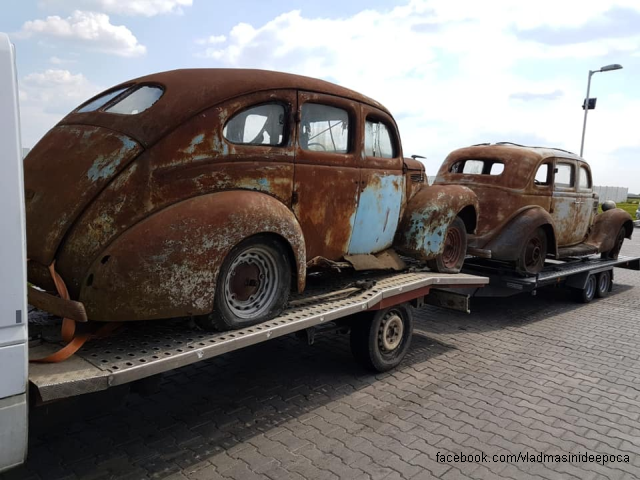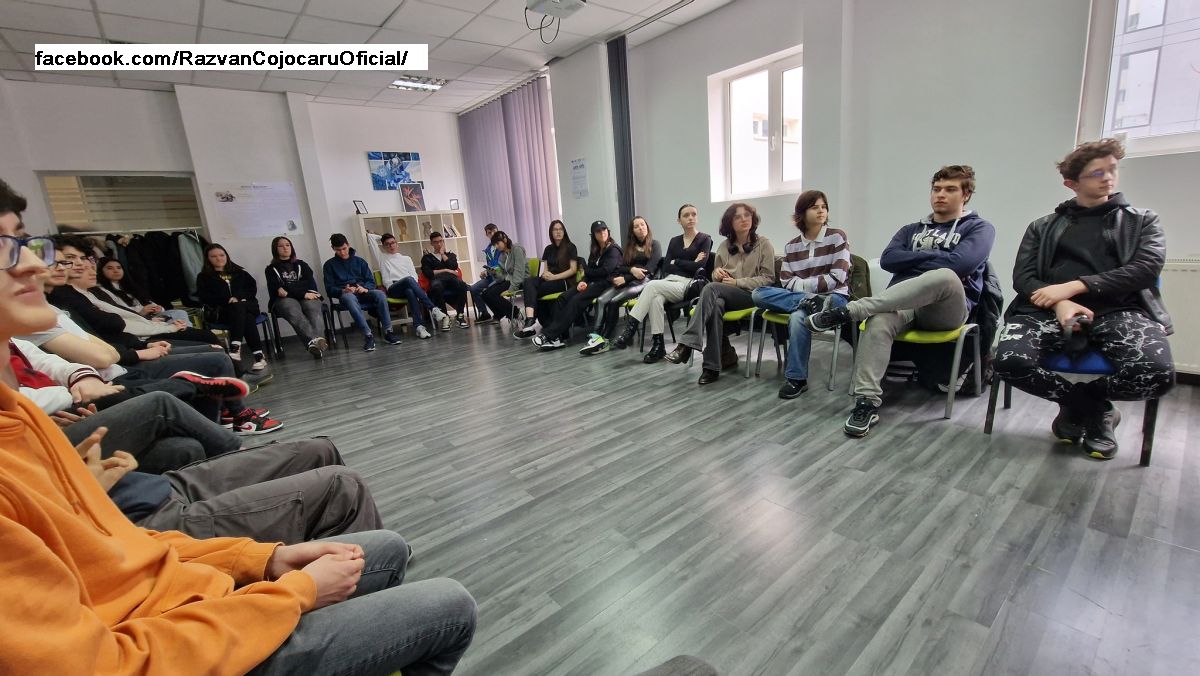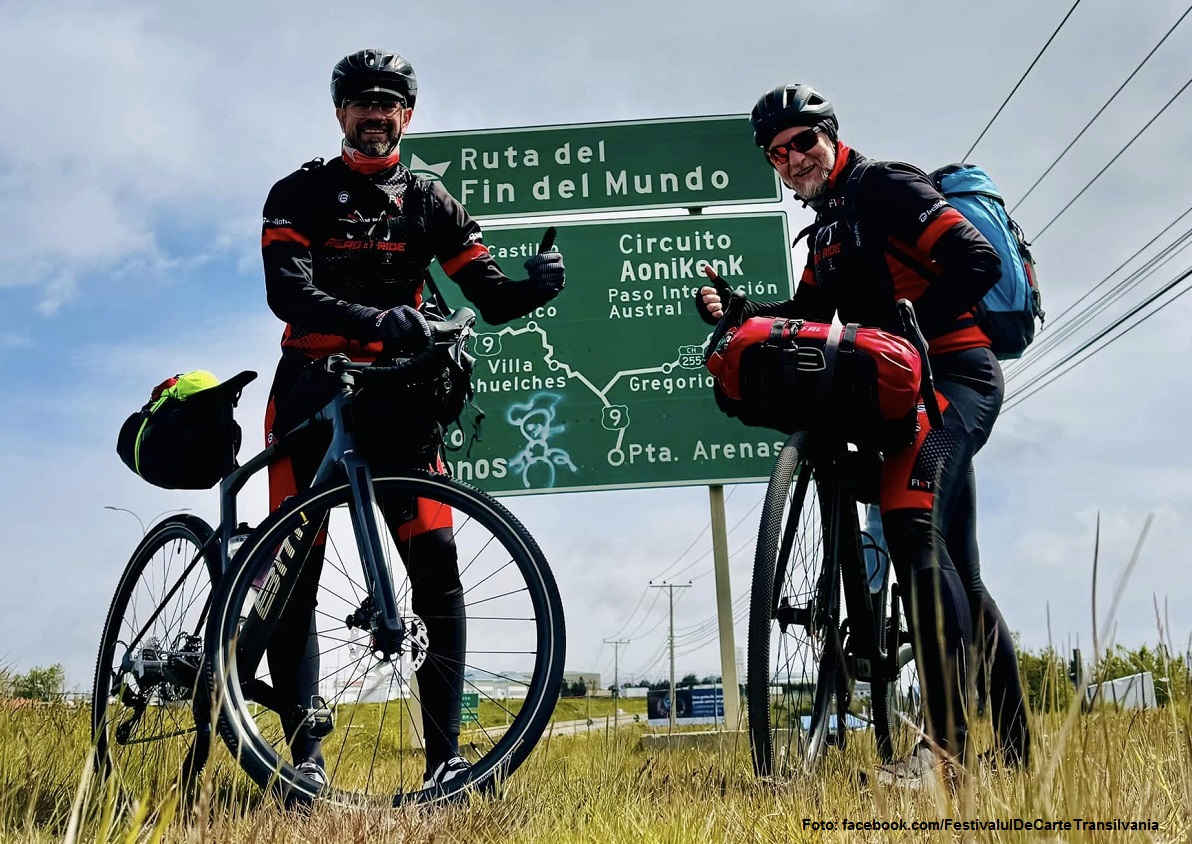Ford V8 and other big vintage cars in Romania
The famous Ford V8 was produced in Romania between the two world wars

Ana-Maria Cononovici, 27.08.2019, 12:00
We have learnt about them mainly from movies since many served as props in various reenactments of the atmosphere of early 20th century. They can also be found in private collections or even in museums. What few people know though, and what weve recently found out from an enthusiast is that the giant American carmaker, Ford, used to build cars in Romania between the two world wars. Some of these wonderful machines are now being refurbished and reconditioned.
Vlad Capotescu, who has been chairman of the Timis branch of Retromobil Association for ten years and is currently a member in the associations culture committee, has shared with us details about Ford story in Romania.
Vlad Capotescu: “Henry Ford was the first to motorize the world, so to say. Before the manufacture of Model T in 1907, the longest distance 95% of the worlds population could travel, was 100 kilometers around their birthplace. After the appearance of Ford T, the world started to move and travel longer distances. Economic relations started developing and we can say that this T model gave an impetus to the American economy. In 1930, the same year when he granted an interview to French daily Le Figaro, Henry Ford was producing 75 hundred cars per day. Ford also wanted to open a branch of their factory in Europe in the same year, but they failed to agree over the future location. The construction of the new factory was approved in 1934 and it was an extremely modern project at that time, which had a reinforced concrete structure, planned by architect professor Duiliu Marcu. The new factory was named Ford Romania SAR and was located somewhere on the Floreasca Way. Around 1935 Ford started to produce here their V 8 cars and a year later the 1936 model rolled off assembly line with identification plates reading Ford Româna.”
The production line for the V 8 engines served as foundation for the future construction of engines that would later equip Romanias first off-road vehicles, IMS 57 and Aro M461. Vlad Capotescu has also referred to the present situation concerning vintage vehicles:
Vlad Capotescu: “The situation is pretty sad, something between ecstasy and agony. The agony was after 1990 when in the legislative chaos of that time most of the cars we knew from director Sergiu Nicolaescus films were sold abroad. There had been no law to protect vintage cars until 2007 when Romania joined the European Union. After we had joined the EU we were compelled to take measures in this respect and protect these vehicles, which were part of the UNESCO world heritage. Retromobil became member of the International Federation of Historic Vehicles and local collectors were given permission to bring vintage cars into Romania. Now we are in the ecstasy phase, when vintage cars are coming back to Romania. At present we have 2500 vintage cars in Romania registered as historic vehicles.”
It is not a high number if we compare Romania to Slovenia, a country with a population a little over two million, where there are 8 thousand vintage vehicles. Here is Vlad Capotescu again.
Vlad Capotescu: “For a vehicle to be declared historic, it must be functional and have its original parts, and it has to look as if it rolled off assembly line yesterday. This is the condition a vehicle has to meet at European level, because not any vintage car is a historic one. The only improvement you are required to make is to install turn signals if the vehicle didnt come with them, but otherwise, it must have all its original parts.”
According to Vlad Capotescu there are about 12, 13 V8 models in Romania, all in a bad condition, but there is also a silver lining to this situation.
Vlad Capotescu:”There are 3-4 vehicles of this kind in full restoration process and hopefully theyll become functional in the following years. About 10 V8 models have been imported and they look almost like those produced in Romania. Unfortunately, none of those models produced in Romania are functional at present. It takes only a true enthusiast to make such a model functional again, because as an economist I can tell you, its not cost-effective at all.”
Complete restoration for such a vehicle would cost twice as much as its purchase price, as Vlad Capotescu has told us. And yet, vintage cars in Romania are gearing up for parade.
Vlad Capotescu:”On June 1st we are going to mark the first international car race held in Banat, Western Romania, over May 19th and 20th 1930. It was the first competition staged under the auspices of the Romanian Royal House and involved the participation of Prince Ghica and Prince Nicolae. The next day saw the first car-design competition, four years ahead the famous one in Sinaia. Six vehicles joined the race in 1930 and another six participated in the design competition the next day. At present wed like to bring together in Banat, as many vehicles built in the period between the two world wars. 7 vehicles from Romania have already been enlisted and we are waiting for confirmation from our colleagues from Serbia and Hungary. We are looking forward to seeing you in Timisoara, western Romania, if you want to see the cars, because this is going to be an atypical contest as we arent going to participate in a simple car rally. It will mainly consist of some funny events for drivers, such as driving the car backwards through poles, because vehicles like these arent very maneuverable, you know. Next year though, when we celebrate 90 years of existence, we intend to stage a rally on the entire Banat area. Weve already started talks with our Hungarian and Serbian counterparts on this race.”
(Translated by Daniel Bilt)






























